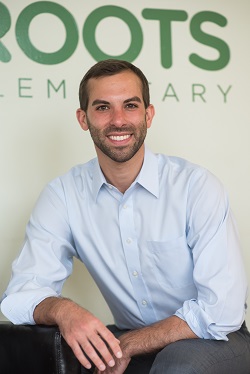Roots Executive Director Discusses Structure for Scheduling
Roots ED and Founder, Jonathan Hanover, discusses the norms and routines used for scheduling student and teacher activities.

Transcript: Jon Hanover:basically what we did is we split our content team as – for growth, there's four different content teachers, two that are kind of – that we talk about as the humanities team, and one that we talk about as the STEAM team, which is STEM plus arts. And basically, we structure it, we split the day into two halves, and the humanities has dibs on scheduling the first half of the day, the STEAM team has dibs on scheduling the second half of the day for scholars. And then every Wednesday night, dibs is up for the next week, which means then anybody can go wherever and schedule kids. And the reason to do that, and it's been working well for us is, all of our content teachers have a handful of lessons that they are going to be planning pretty far out in advance that might be recurring. You know, you do one round of competency-based data assessments and say okay, for the next six weeks or so, I'm gonna – I want to do guided reading with these six kids, Monday, Wednesday, and Friday, 8:30 to 8:45 with these eight kids from 9:45 to – you know, et cetera. And, within your dibs time, you can just schedule those recurring lessons out indefinitely. And then, once dibs is up for the next week, you can then do the more kind of – okay, you know what? I want to get a double-dip with these guys, and I want to meet with this scholar and we can kind of see who's free to plan that.